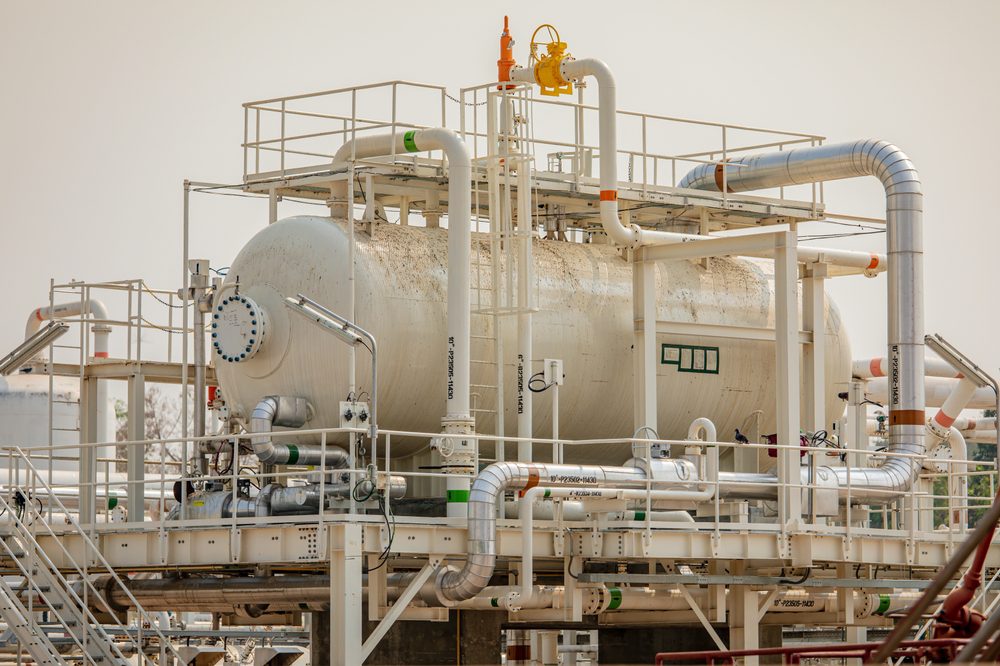
The fuel pressure gauge has a critical role in various industrial processes. In factories where fuel-dependent machinery is prevalent, these tools ensure optimal operation and safety. This article will explore the intricate workings of fuel pressure gauges and their essential components, their role in industrial applications, and how differential pressure gauges, such as those offered by Mid-West Instrument, supplement their functionality.
The Imperative Role of Fuel Pressure Gauges in Industry
Industrial operations, especially those reliant on heavy machinery, utilize fuel pressure gauges to monitor the pressure of fuel lines. An irregularity in fuel pressure can directly impact the performance of machines, leading to efficiency losses and possible shutdowns. A fuel pressure gauge is a safety tool that can alert maintenance teams of possible fuel leaks, clogs, or impending equipment failure.
Key Components of a Fuel Pressure Gauge
Fuel pressure gauges might appear simple, but they are complex devices made up of several vital components. Each plays a critical role in capturing, translating, and displaying the fuel pressure data.
1. The Pressure Sensor
The heart of a fuel pressure gauge is the pressure sensor or pressure transducer. It measures the pressure exerted by the fuel and converts it into an electrical signal. This conversion is crucial because the electrical signal can then be processed and understood by the gauge.
2. The Gauge Display
The gauge display interprets the electrical signal from the pressure sensor, turning it into a user-friendly format, such as PSI (pounds per square inch). This readable format allows operators to make any necessary adjustments to the fuel supply or machinery operation.
3. The Wiring
Connecting the pressure sensor to the gauge display is a system of wires. These wires transmit the electrical signals from the sensor, carrying the data to the display. Quality wiring is crucial to ensure the accuracy and consistency of these signals.
4. The Housing
The housing is the external shell that protects the gauge’s internal components from external factors such as dust, water, or accidental damage. It also typically includes a mounting bracket or other installation components for ease of integration into the system.
The Role of Differential Pressure Gauges
While a fuel pressure gauge monitors the pressure within the fuel line, differential pressure gauges like those offered by Mid-West Instrument measure the difference in pressure between two points. Monitoring the pressure difference across a fuel filter, for instance, can provide vital insights about potential clogs or the need for maintenance.
Conclusion
Understanding the composition and operation of a fuel pressure gauge is fundamental to leveraging its capabilities fully in an industrial setting. Recognizing the role of each component can lead to improved maintenance, greater operational efficiency, and better preventative measures.
In scenarios requiring the monitoring of differential pressure, Mid-West Instrument’s range of gauges offers robust and reliable solutions. Mid-West Instrument, with its history of expertise in pressure measurement and monitoring, is a trusted partner for precision, reliability, and operational efficiency. Contact Mid-West Instrument for detailed insights into integrating differential pressure gauges into your industrial processes and to learn how these devices can improve your operations.

